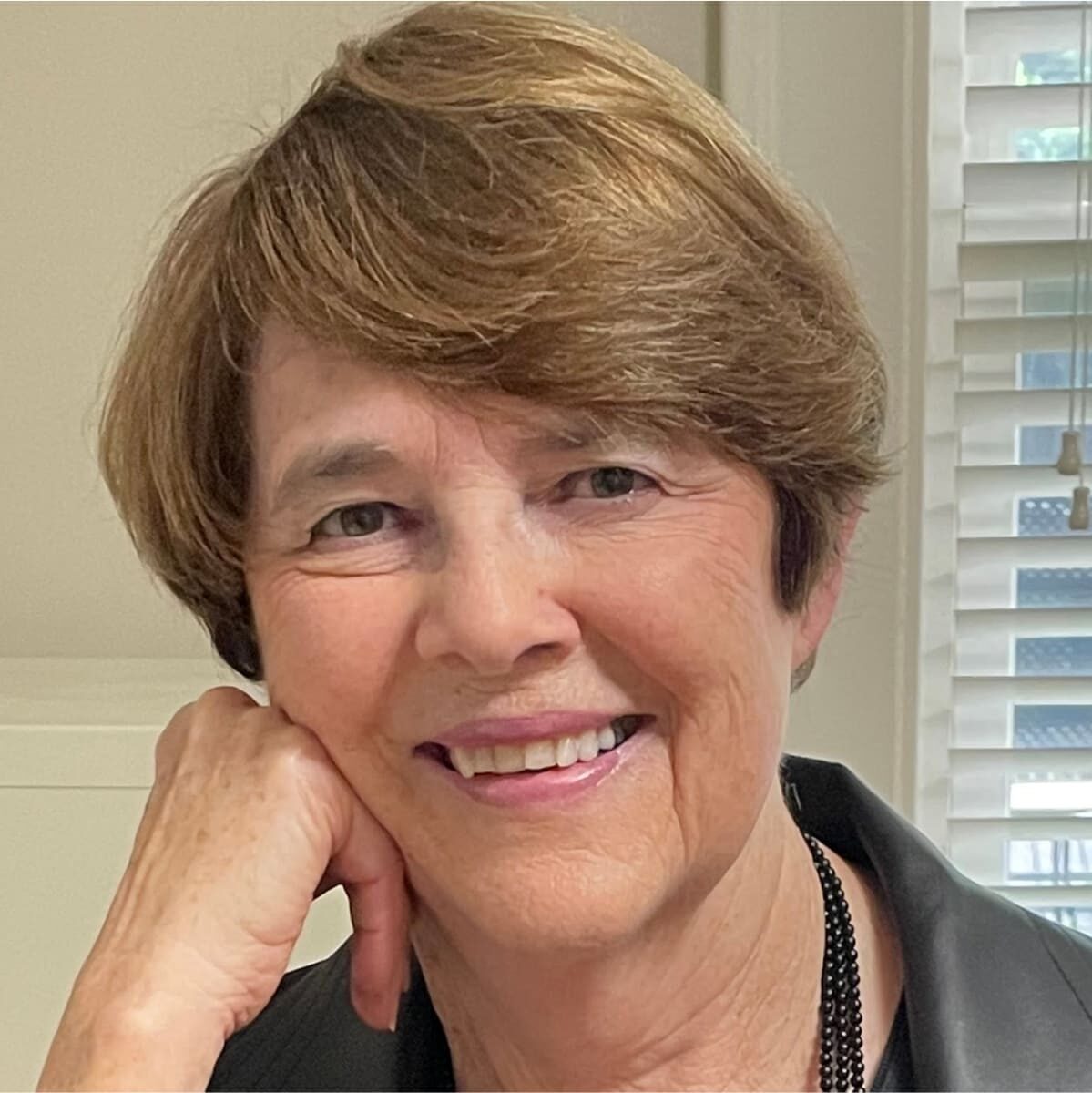
Laying Ghosts: Hate, Reconciliation and Secession
July 30, 2005
For years, South Carolina has floated near the bottom of national rankings for education, income, growth and so on. It has got rather used to it by now. But in one thing, the Palmetto State excels: it has more hate groups than anywhere else. A recent report by the Southern Poverty Law Centre (SPLC), a watchdog group that battles discrimination through the courts, says South Carolina boasted 47 hate groups last year, more than Florida (43), California (42), Georgia (41) or Texas (40).
Across the country, the Centre’s Intelligence counted 762 hate groups and 468 websites in 2004. (The number of groups has gone up slightly, from 751 the year before; the number of websites has fallen, from 497). The latest number for groups continues an upward trend: in 1997, Centre staff identified only 474 active ones. They include black separatists, Ku Klux Klanners, neo-Nazis, racist skinheads, Christian identity members, neo-Confederates and, ominously, “Other”.
South Carolina’s high ranking stems partially from its many League of the South (LOS) chapters. The LOS, a neo-Confederate organisation founded in 1994, seems to attract academics. J. Michael Hill, a former professor and founder of the group, is a specialist in Celtic history. He stoutly denies that his group is a hate group, or racist either.
But the LOS had a big hand in trying to keep the Confederate flag – a blatantly racist symbol to most blacks – flying over the South Carolina statehouse. (It was finally taken down a few years ago, after decades of controversy.) And the group, which advocates seceding from the United States just as its members’ forbears did in 1860, is proud of its role in helping to eject Governor David Beasley from his job, in 1998, because he wanted to take the flag down.
The SPLC’s disheartening report comes at a time of better news in race relations, both nationally and in South Carolina. Last month, the United States Senate formally apologized for failing to pass legislation that would have made lynching a federal crime. Nearly 5,000 people, mostly black men in the racially segregated South, are known to have been lynched between the 1880s and the 1960s.
Meanwhile, in Abbeville, South Carolina, a startling church service was held earlier this month during which a number of whites confessed openly that their ancestors had carried out lynchings and kept slaves. Abbeville, a town in the northwestern part of the state, is known as “the cradle and grave of the Confederacy”; it witnessed both the first meeting of secession, in 1860, and the last cabinet meeting of Jefferson Davis, then-president of the dying Confederacy, in 1865.
In October 1916, hundreds of white Abbeville citizens set upon Anthony Crawford, a prosperous black farmer who had dared talk back to a white man. After beating Crawford, the crowd strung him up to a pine tree. Then, for good measure, a firing squad of about 60 whites riddled his swinging corpse with bullets.
Some of Crawford’s descendents attended the service in Abbeville. They said they had forgiven the white mob for its crimes. But the ghosts of the region’s past have not yet been laid. Abbeville played host to the national conference of the LOS in both 2002 and 2003. Mr. Hill, one of its founders, has called slavery “a God-ordained institution”.

Jan Collins is a Columbia, South Carolina-based journalist, editor, and author. A former Nieman Fellow at Harvard and former Congressional Fellow in Washington, D. C., she is the coauthor of Next Steps: A Practical Guide to Planning for the Best Half of Your Life (Quill Driver Books, 2009).